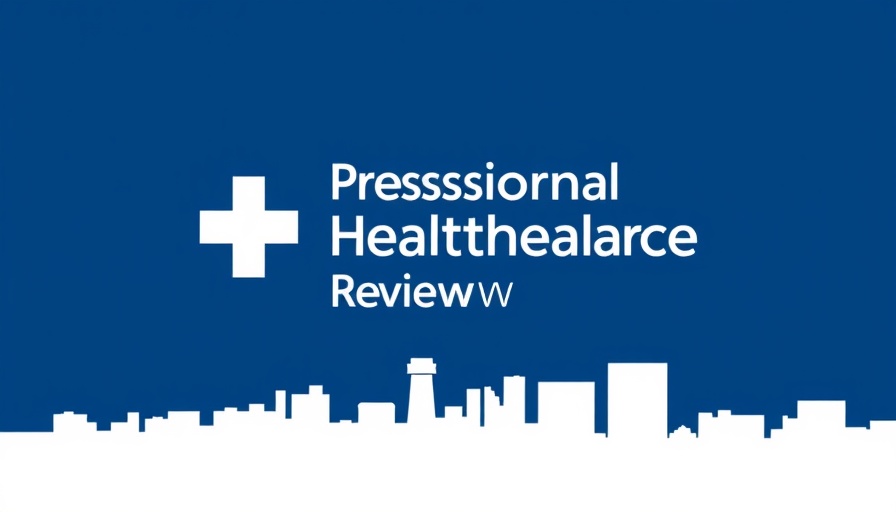
The Senate's Decision on Tariffs: What You Need to Know
In a recent high-stakes moment in Washington D.C., the Senate has decisively rejected a resolution aimed at removing President Trump's baseline tariffs on imported goods. This rejection is not just another political maneuver; it has the potential to influence various sectors, including healthcare and pharmaceuticals, particularly in how they engage in trade and manage costs.
Understanding the Senate's Stance on Tariffs
The vote on the resolution ended in a tie of 49-49, partially due to the absence of key senators. Vice President JD Vance stepped in to cast the tiebreaking vote, effectively shelving the resolution that had garnered support from figures like Senate Finance Committee member Ron Wyden and Senator Rand Paul. Wyden's call for Congress to reassert its authority on tariff decisions resonates beyond political posturing; it underlines a growing concern about how tariffs affect economic dynamics, especially in healthcare.
How Tariffs Impact Healthcare Costs
Since tariffs were enacted, particularly the significant 145% tax on Chinese goods, healthcare providers have been keeping a keen eye on their potential impacts. For independent physicians and community pharmacists, any increase in import costs could trickle down into patient care and medication costs. Moreover, as these healthcare providers consider practice efficiency solutions, tariffs represent an unpredictable variable that can hinder their growth and profitability.
The Response from the House and Future Implications
The House of Representatives has taken initiative by adopting a resolution that stalls further votes concerning the national emergency declaration related to tariffs until September 30. This action reflects a unified front among many lawmakers who are worried about how ongoing tariffs affect economic recovery and growth, especially in essential sectors such as healthcare.
Trade Deficits: A Broader Economic Concern
President Trump's imposition of tariffs was primarily justified by citing trade deficits as a national emergency. However, such measures may not have the desired effects on the economy, particularly in sectors like healthcare, where importing medical supplies and pharmaceuticals is common. Understanding the broader implications of these tariffs can empower healthcare professionals to advocate for policies that enhance medical practice sustainability.
Practical Insights: Navigating Tariff Costs
For independent physicians and healthcare administrators stressing over rising costs due to tariffs, there are actionable strategies to mitigate their impact. Investing in practice automation can streamline operations and reduce overhead costs. Similarly, leveraging remote therapeutic monitoring (RTM) programs can enhance patient engagement tools, making it easier to manage healthcare deliveries even amid fluctuating costs. Moreover, adopting pre-tax benefit plans could help optimize overall healthcare costs, providing a buffer against tariff-induced expenses.
By focusing on operational efficiency and financial adaptability, healthcare providers can navigate the often murky waters of economic policy shifts like tariffs. Prioritizing training on healthcare HR strategies and implementing medical billing recovery solutions will also prove beneficial as these challenges unfold.
As we reflect on these developments, it is crucial for healthcare providers to remain informed and engaged with policy changes that could affect their practice and patient care. How will your practice adapt in light of these tariff implications?
For more insights into optimizing healthcare practices and navigating the evolving landscape of medical economics, consider exploring resources focusing on practice revenue optimization and employee health benefits. Stay proactive and informed to ensure your practice thrives despite external economic pressures.
 Add Row
Add Row  Add
Add 




 Add Row
Add Row  Add
Add 

Write A Comment